
Many people take the physical aspects of the internet for granted. Some would believe it’s purely non-physical, like some sort of digital magic. While this may appear to be true, the internet is a physical entity that snakes its way through our walls and in vast cable networks beneath streets, railways, and oceans. As technology advances, we need to acknowledge the physical limitations of our current digital infrastructure and consider the steps necessary to continue meeting the demands we place on the internet. Here are some major trends within our digital infrastructure as well as a look at what the future will bring.
View this complete post...











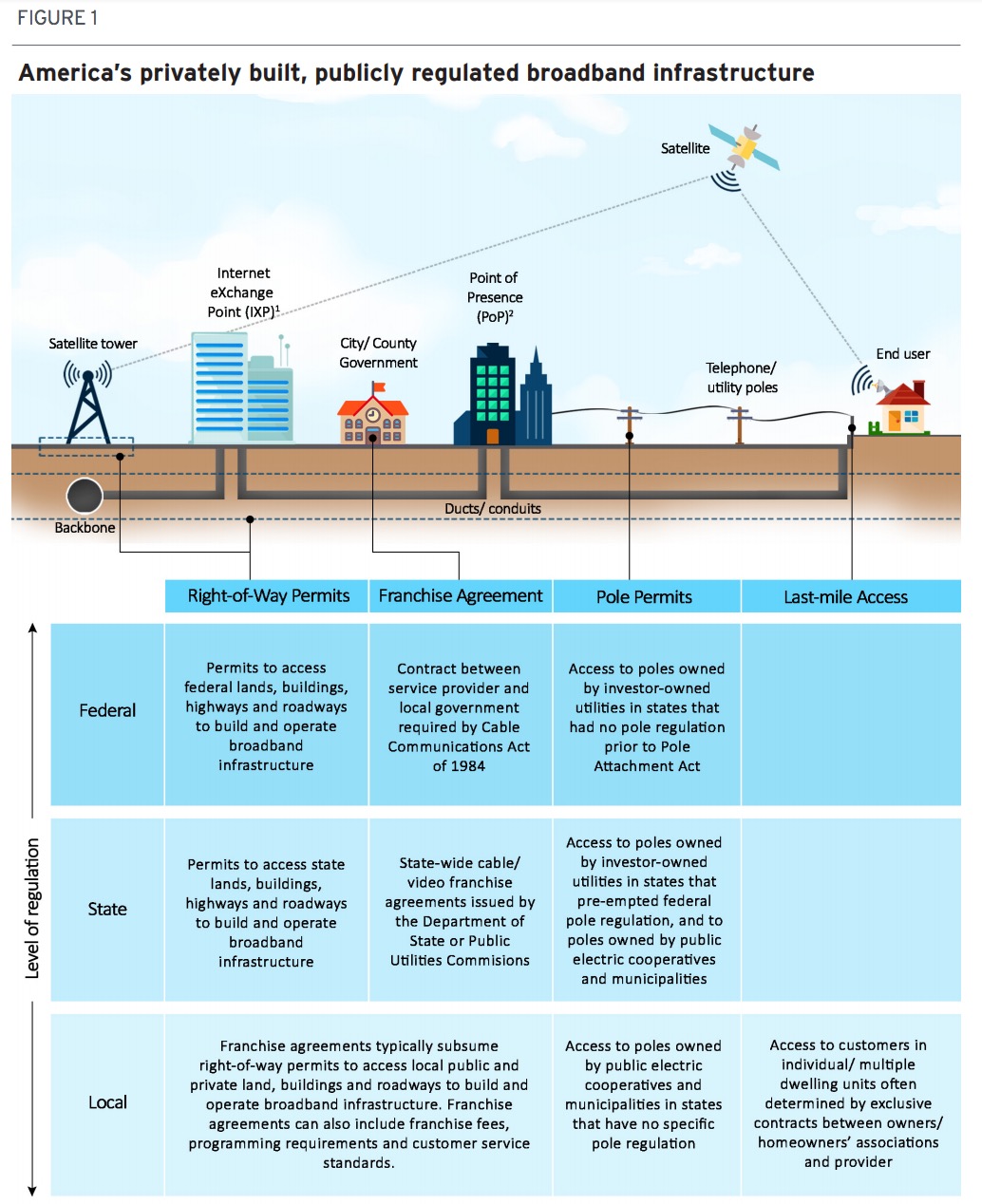

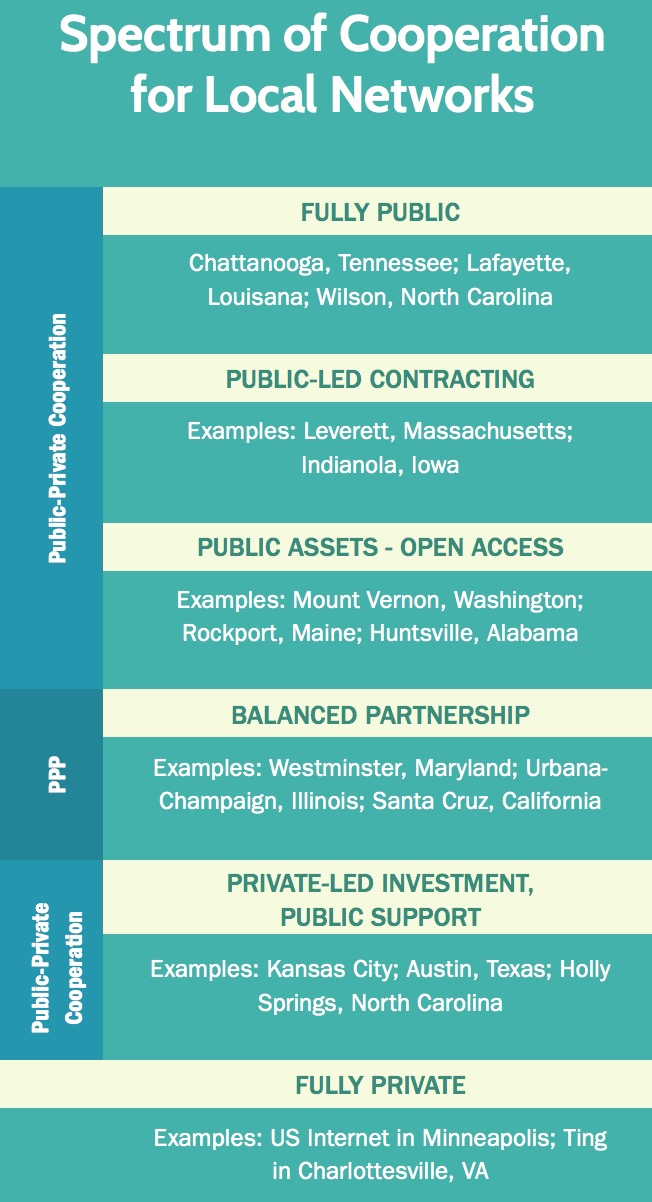
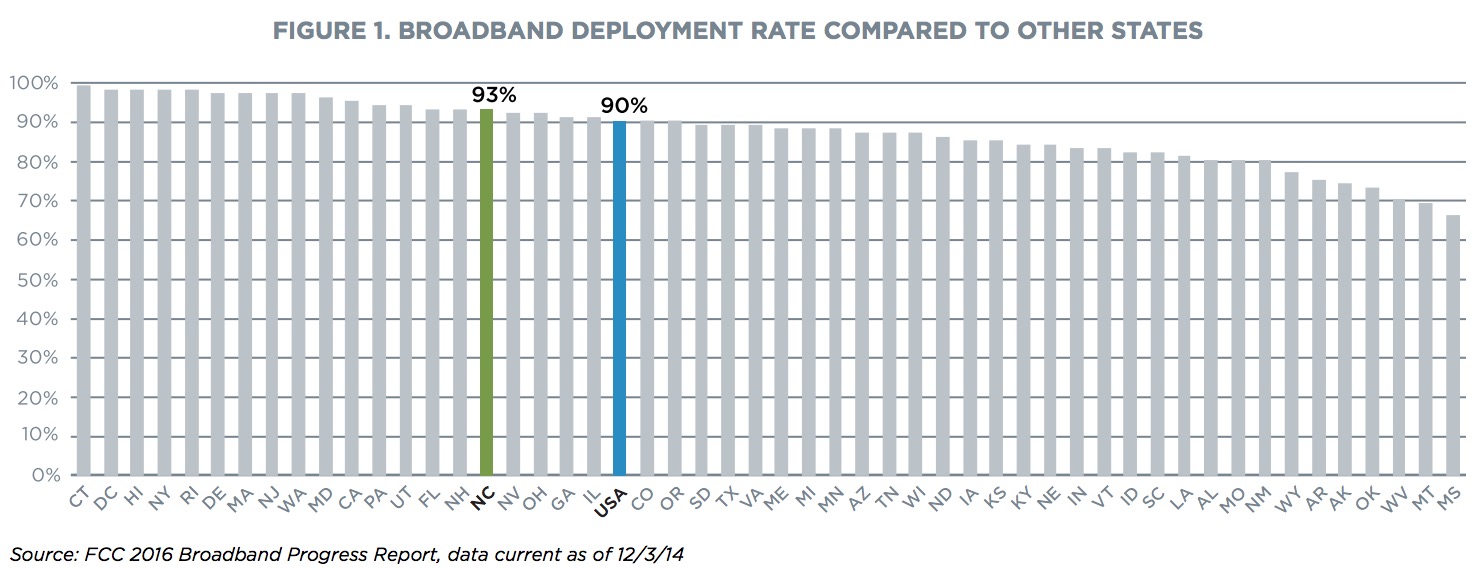
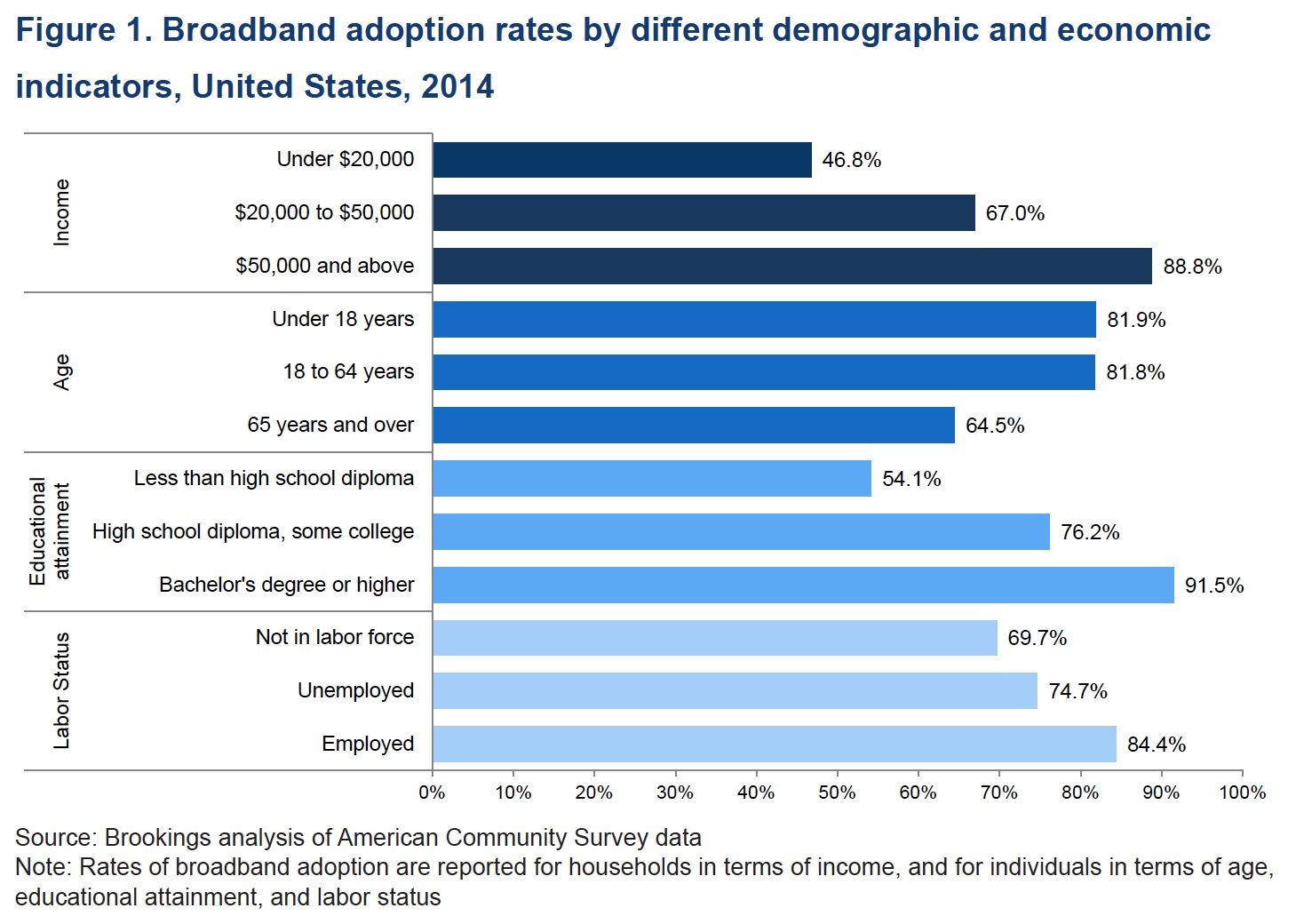
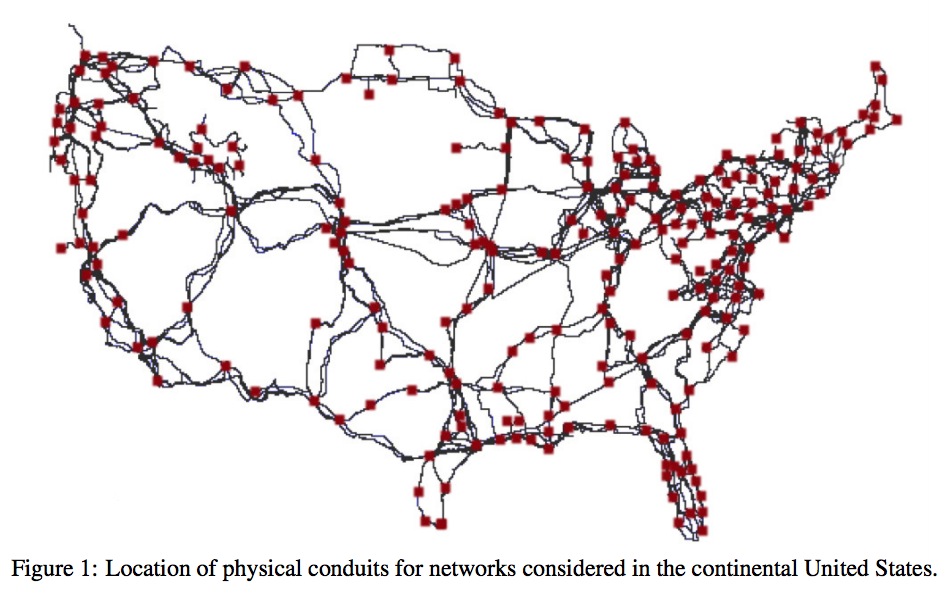




 RSS Feed
RSS Feed